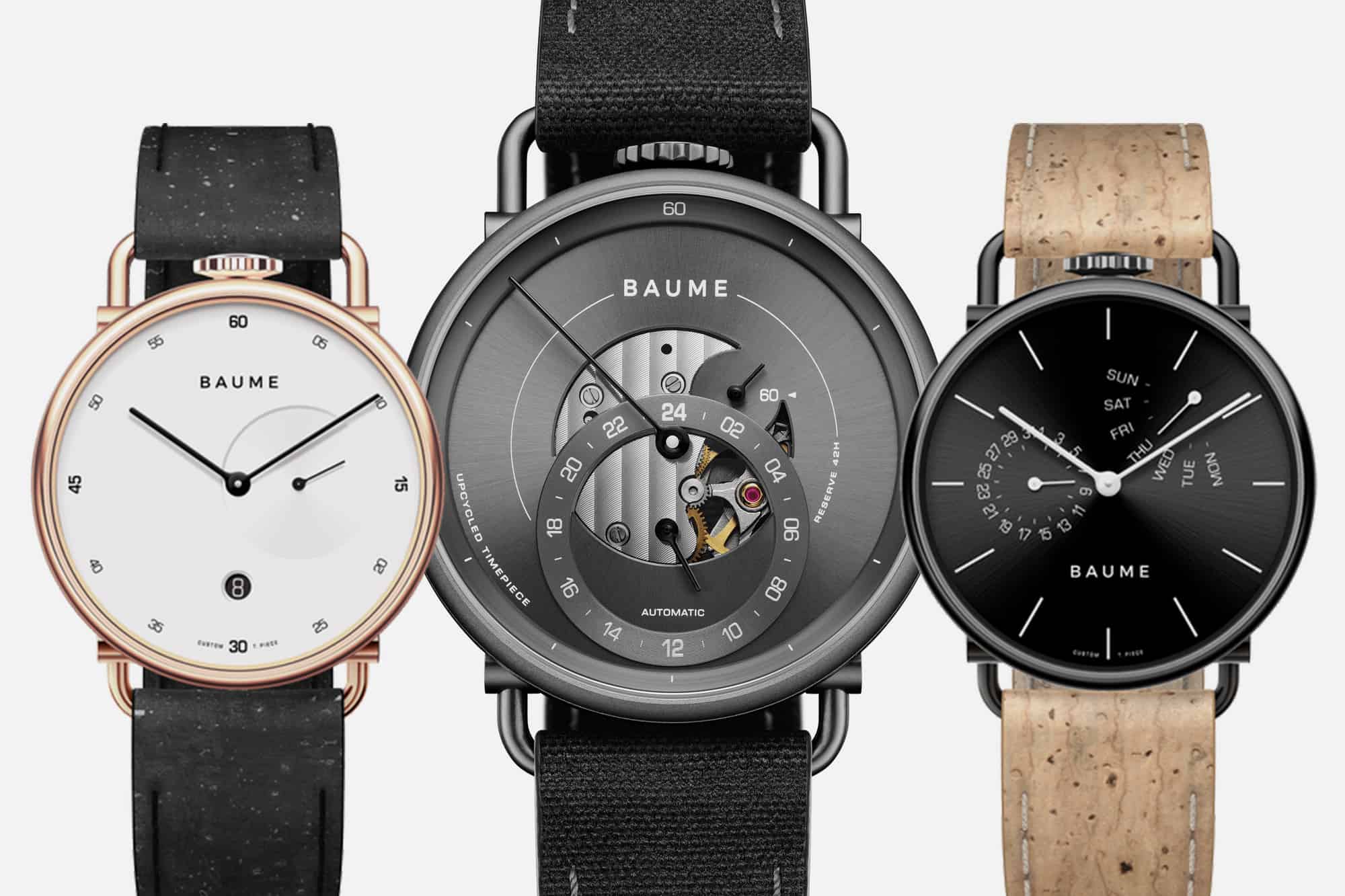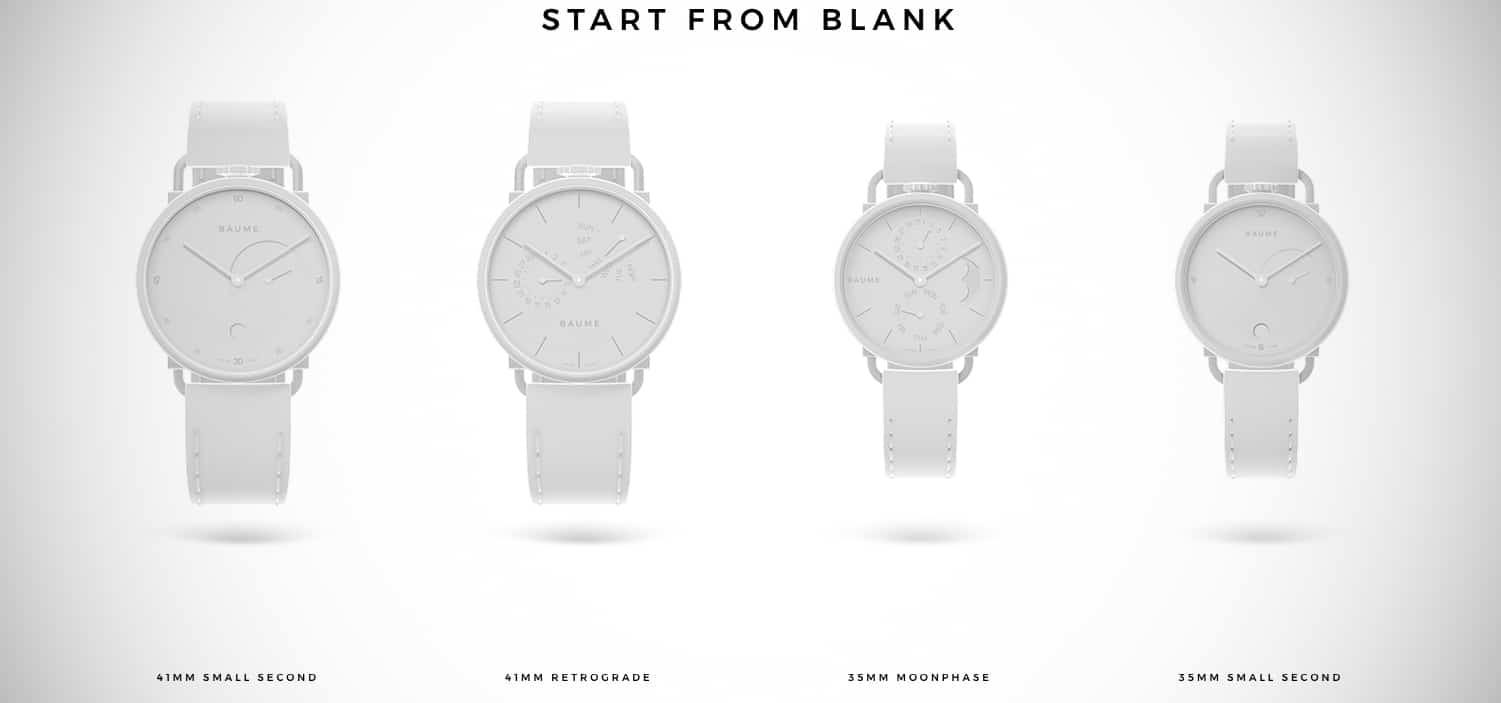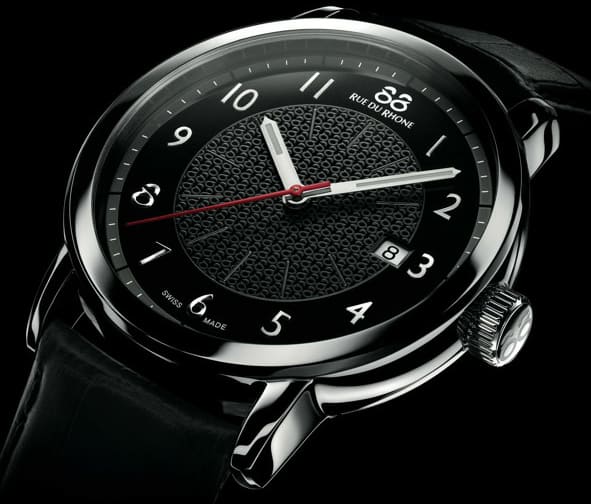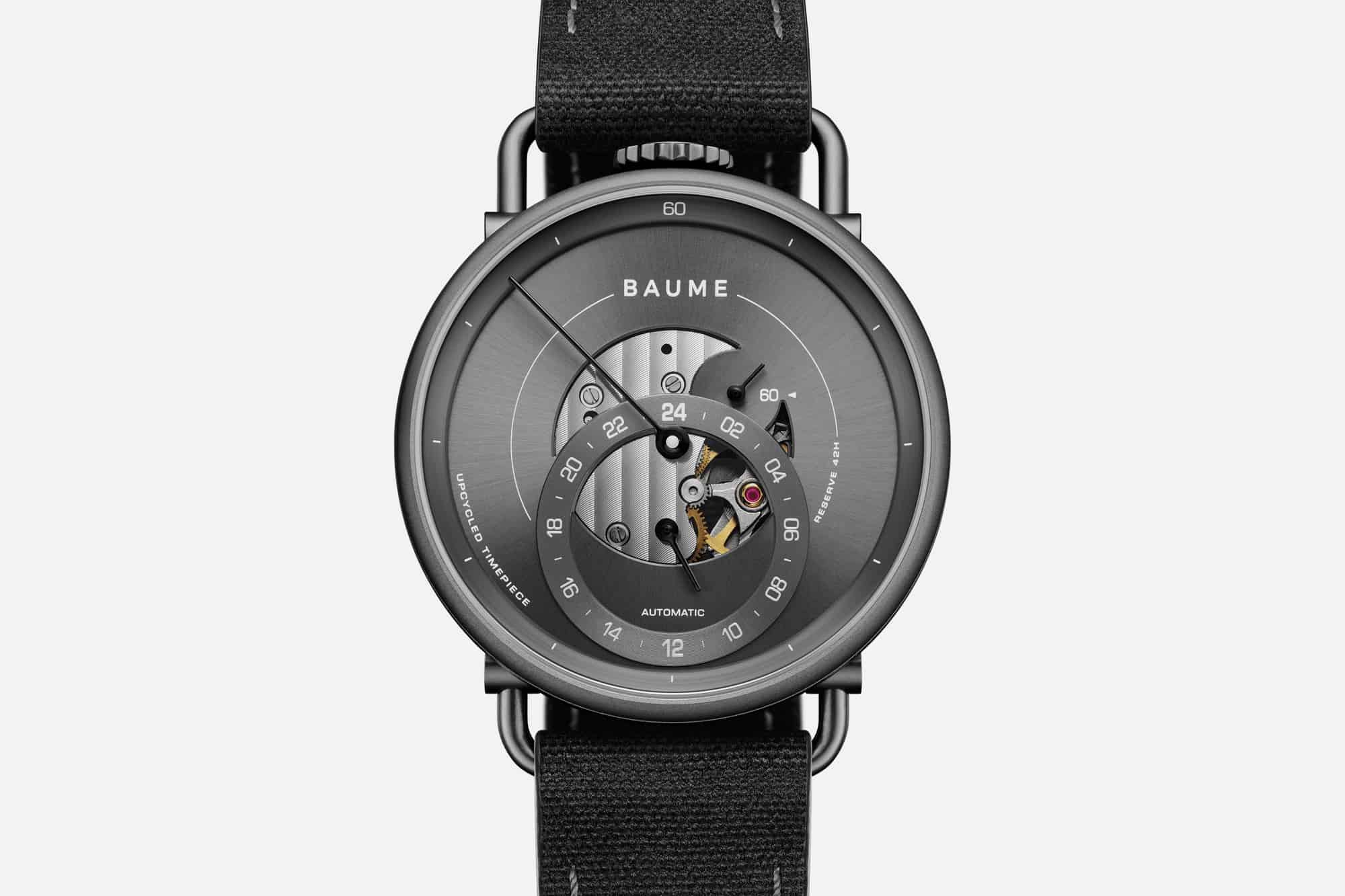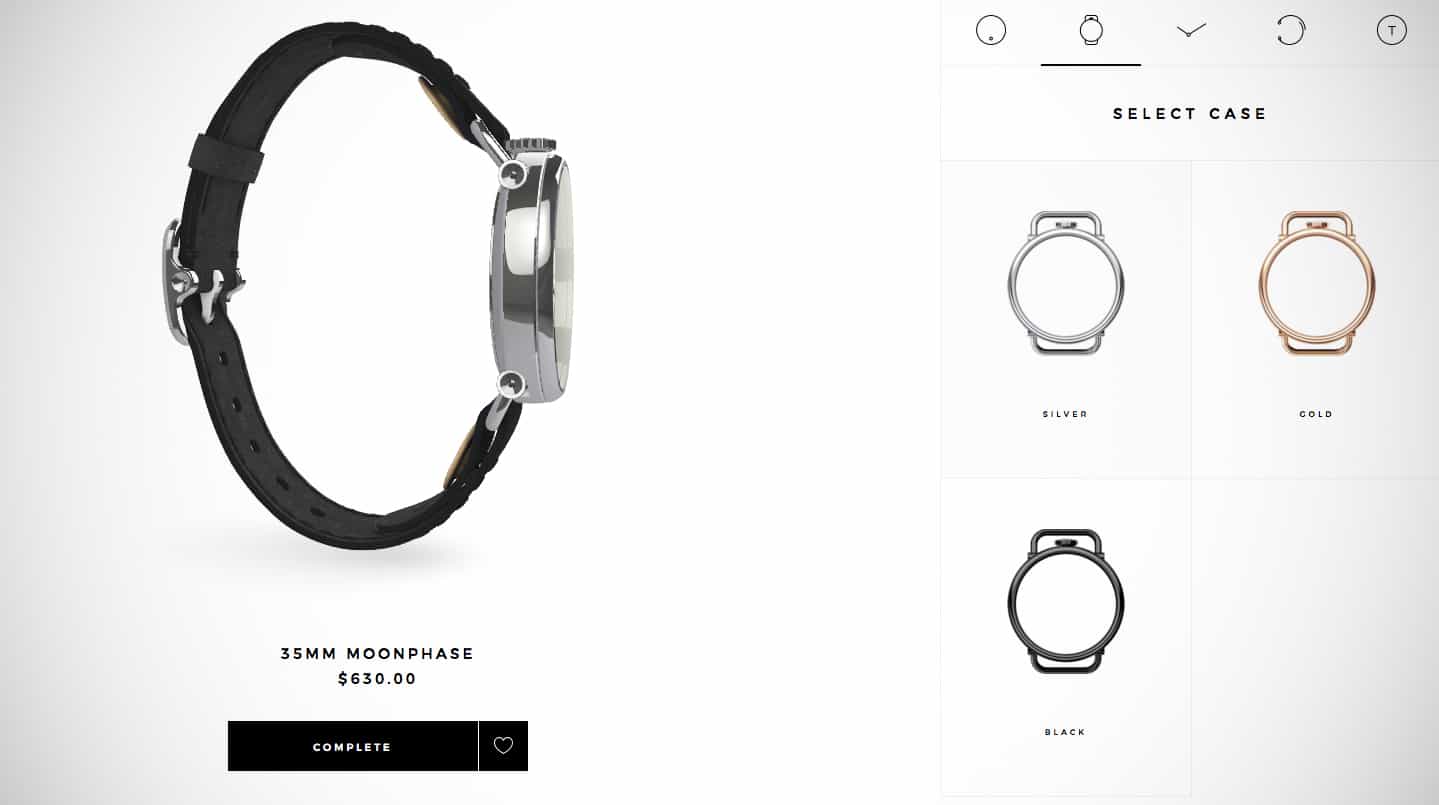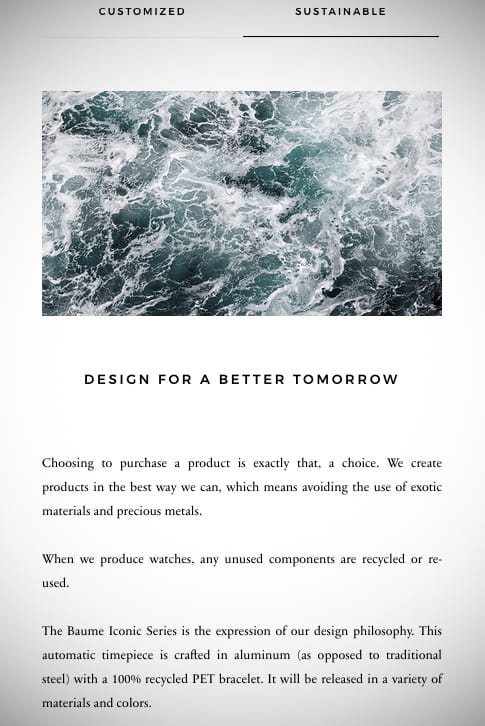For me personally, messages of sustainability coming from large corporation almost always smack of marketing rather than sincere environmentalism. Unlike Omega or Oris, however, Baume isn’t sending bad-ass ambassadors with an environmentalist bent to the ends of the Earth or the bottom of the oceans. For Baume, you are the bad-ass environmentalist, the consumer voting with your dollars, sporting an eye-catching product that acts as a symbol of your commitment to a healthy planet.![]()
This consumer-as-environmentalist strategy reminds me of a friend’s overpriced 7th Generation toilet paper on display in their bathroom, their Toyota Prius parked in their driveway, or their up-cycled hemp sofa. All of that is great on the surface, though I’ve always wondered what the empirical science has to say about the sustainability of these products (too few who have already bought in seem to talk about the science). Unfortunately, Baume doesn’t offer up any evidence, nor do they reveal the sources of their materials. Eventually it will be important to have an in-depth look at the real-world stats on how Baume’s materials and manufacturing processes accomplish such lofty environmentalist goals—or fail to.
![]()
As an example, when customizing your Baume watch, you can choose a cork strap, and The Iconic features an aluminum, rather than steel, case. As I understand things, cork harvesting is bad for rain forests* (thus the ubiquity of screw caps on wine) and aluminum smelting is terrorizing ecosystems in Icelandic fjords (I’ve painfully witnessed such tragedies first hand). I highly doubt Baume hasn’t done their homework, but perhaps they have underestimated just how cynical, suspicious, and demanding of empirical evidence environmentalists can be. Hopefully Baume will eventually follow the basic rule of good communication and show us—rather than tell us—how their products and processes achieve their stated goal of sustainability.
One thing we’ll never get with Baume, however, is the one-to-one interaction with the brand founder that is so charmingly front-and-center when dealing with a micro-brand. And that personal interaction goes well beyond a mere feeling of connection; it guarantees transparency about business practices and material sourcing that simply isn’t possible when operating a large-scale business like Baume.
Among other things, Baume is an experiment in trying to float micro-brand practices at the mega-brand scale. If dollars are indeed votes, it’ll be interesting to watch the election results roll in. Baume
*Editor’s note: *”We intended “forest,” not “rain forest.” While cork is, indeed, broadly considered a renewable resource because the trees remain alive, the rising demand for wine and cork building products globally has stressed cork producing forests, and recent studies are starting to re-evaluate cork production in light of these rising demands. This is not to declare cork unsustainable, but to raise healthy skepticism about its expanding use. A number of new impact studies have been published in the past couple of years, some of which can be found in this search result from The Journal of Cleaner Production.
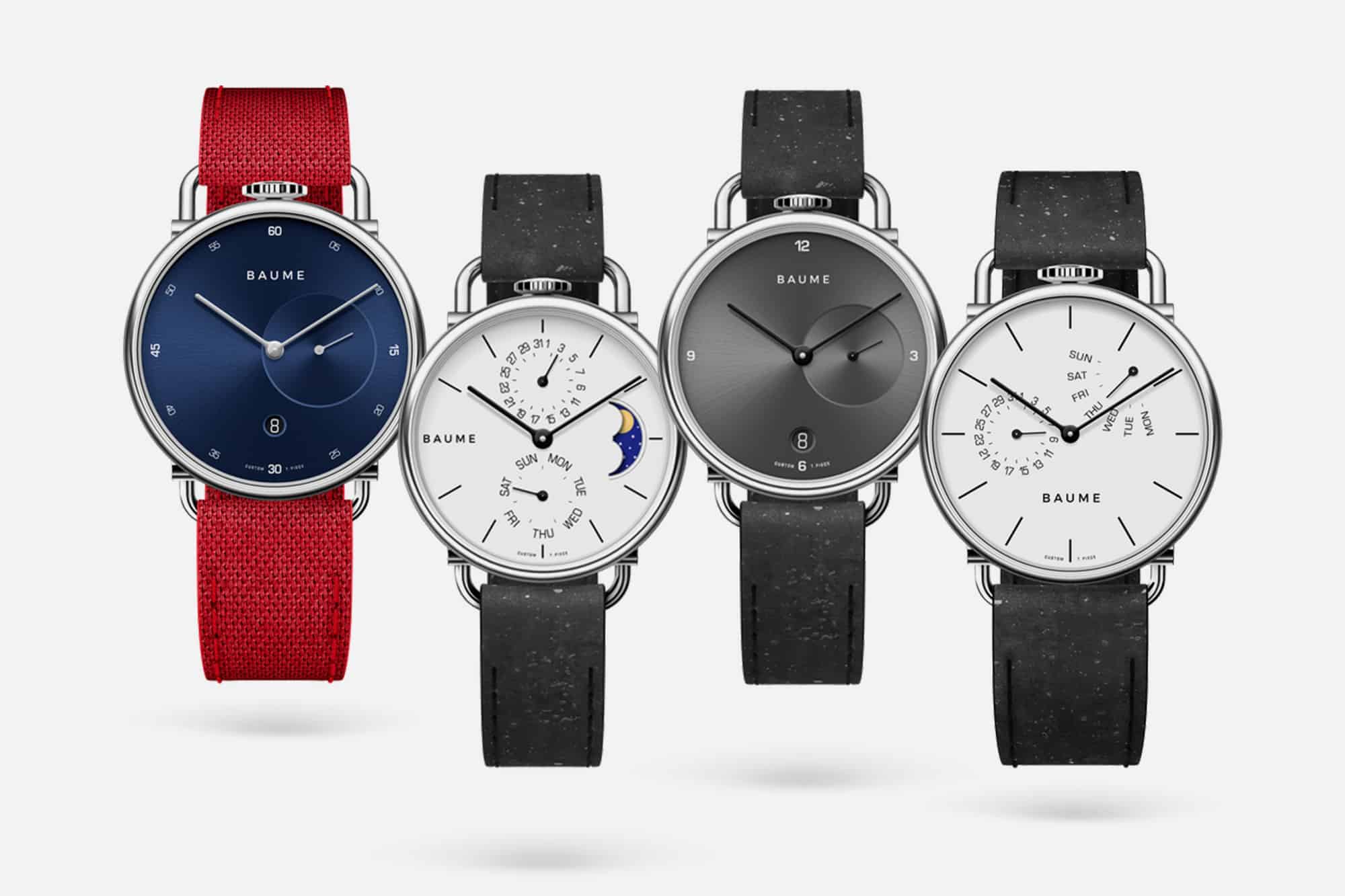









 Featured Videos
Featured Videos




